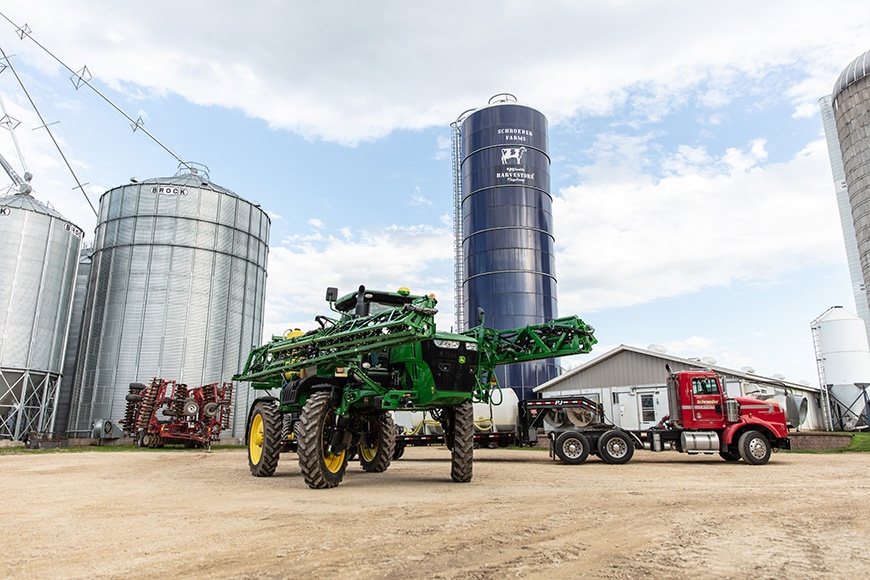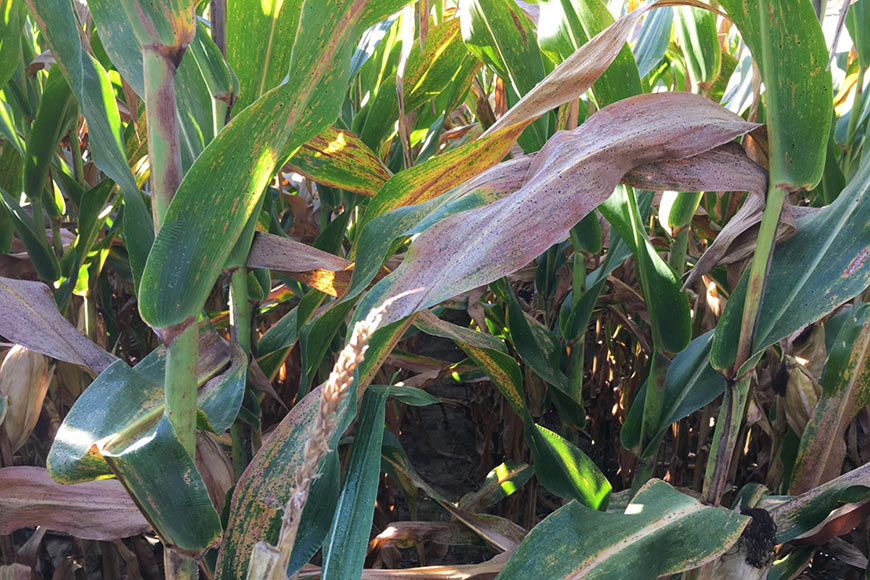3 Tips to Optimize Pre-emergence Weed Control

Put Extra Effort Into Your Pre-emergence Program.
Pre-emergence herbicides should always be part of a weed management strategy because they help take the pressure off postemergence applications. Knowing which weeds are most troublesome in your fields is essential so you can select the most effective herbicides to control them.Choose products with multiple modes of action and layer residual products to extend control. I recommend Group 15 herbicides along with PPO inhibitors and a metribuzin or atrazine product to get an effective burndown before planting.
Review herbicide labels to choose the most suitable adjuvants to increase efficacy. Spending a couple of extra dollars on an effective adjuvant could make the difference between average and excellent weed control this season. StrikeLock® adjuvant, for example, is a high surfactant oil concentrate (HSOC) with drift reduction technology I recommend using with most PPO inhibitors in a burndown situation to help reduce drift and improve deposition for optimal pesticide performance.
Don’t Cut Corners With Applications.
Whether you’re making a pre-emergence or postemergence application, you should pay extra attention to your spray practices. If you plan to use older chemistries, making timely applications and matching herbicide rates to weed size is critical. Nozzle selection can make or break a herbicide application, so before you hit the field, be sure you’ve invested in appropriate nozzles based on the chemistry you’re using.Lowering your sprayer’s boom height can help reduce drift to keep more active ingredient on target. The University of Nebraska reports that when the boom height is doubled, for example, from 24 to 48 inches, the amount of drift increases 350% at 90 feet downwind.
You can optimize herbicide performance by choosing effective adjuvants that improve the characteristics of a spray solution. InterLock® adjuvant is a proven product formulated to reduce fine particles in spray patterns, reducing drift and promoting canopy penetration to help spray reach its target. It can help improve droplet coverage to ensure the spray contacts troublesome weeds. WinField United research shows that including InterLock adjuvant and a DRA in the tank – along with a water conditioner – reduced driftable fines by 60%.1
Have Several Backup Plans.
Consider all the tools at your disposal to help manage weeds this season. In some cases, tillage may be an excellent option to help take pressure off herbicide applications.
Your trusted advisor can help you develop a customized strategy that includes backup options to add flexibility this spring.
Contact your local WinField United retailer to discuss your weed control options this season.




